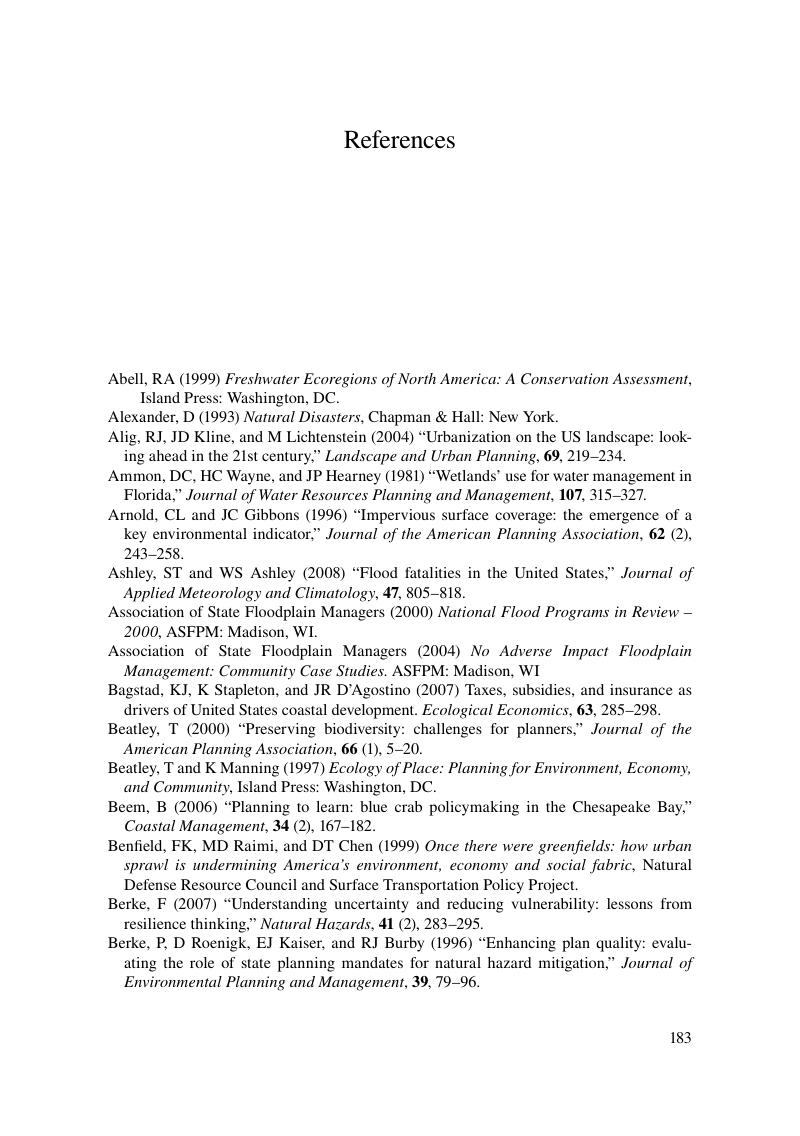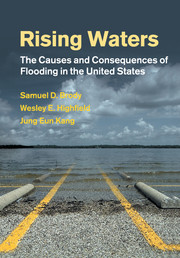Book contents
References
Published online by Cambridge University Press: 28 April 2011
Summary

- Type
- Chapter
- Information
- Rising WatersThe Causes and Consequences of Flooding in the United States, pp. 183 - 193Publisher: Cambridge University PressPrint publication year: 2011



